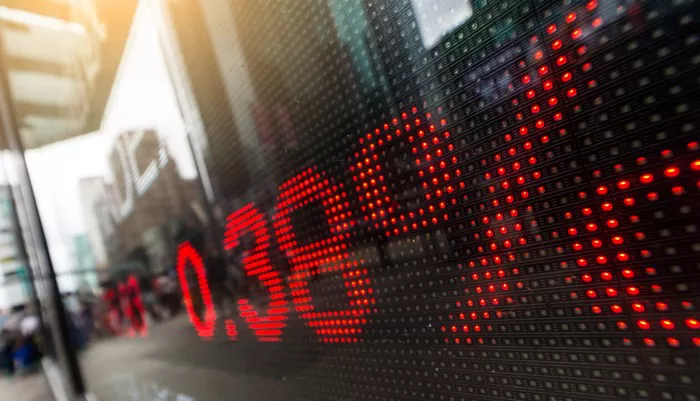Investing in commodities can be an excellent way to diversify your investment portfolio and hedge against inflation. One such commodity that has attracted the attention of many investors is wheat. Wheat futures allow investors to profit from price fluctuations in this vital agricultural commodity. In this article, we will provide a step-by-step guide on how to buy wheat futures, enabling you to navigate this market with confidence.
Understanding Wheat Futures
Wheat futures are financial contracts that obligate the buyer to purchase a specific quantity of wheat at a predetermined price and future date. They are traded on regulated exchanges, such as the Chicago Board of Trade (CBOT), and serve as a benchmark for wheat prices globally. By trading wheat futures, investors can speculate on the direction of wheat prices without physically buying or selling the commodity.
Step 1: Educate Yourself
Before diving into any investment opportunity, it is crucial to understand the fundamentals. Familiarize yourself with the factors influencing wheat prices, such as weather patterns, supply and demand dynamics, global economic conditions, and government policies affecting agriculture. Gain insights by following market news, reports, and analysis from reputable sources specializing in agricultural markets.
Step 2: Choose a Brokerage Account
To trade wheat futures, you need to open an account with a brokerage that offers access to commodity markets. Research different brokerage firms and compare their fees, trading platforms, customer service, and educational resources. Ensure that the broker is registered with regulatory authorities to protect your interests.
Step 3: Complete Necessary Documentation
After selecting a brokerage firm, you will need to complete the account opening process. This typically involves providing personal information, verifying your identity, and agreeing to the terms and conditions. Be prepared to submit identification documents and financial information as required by your chosen brokerage.
Step 4: Fund Your Account
Once your account is approved, you need to deposit funds into your brokerage account. The amount required may vary depending on the broker and the trading platform. Ensure that you have sufficient capital to cover potential margin requirements and trading costs.
Step 5: Learn Trading Terminology
Acquaint yourself with essential trading terminology related to wheat futures. Key concepts include spot price, contract size, tick size, margin requirements, settlement dates, and contract expirations. Understanding these terms will help you interpret market information, make informed decisions, and effectively manage your positions.
Step 6: Analyze Market Data
Utilize technical and fundamental analysis techniques to assess wheat market trends and develop a trading strategy. Technical analysis involves studying price charts, identifying patterns, and using indicators to predict future price movements. Fundamental analysis focuses on supply and demand factors, including crop reports, global wheat production estimates, and geopolitical events impacting the wheat market.
Step 7: Place an Order
Once you have analyzed the market and formulated a trading plan, it is time to place your order. Use your brokerage’s trading platform to enter the details of your desired wheat futures contract, including the quantity, expiration date, and price. You can choose between different order types, such as market orders (executed at the prevailing market price) or limit orders (executed only at a specified price).
Step 8: Monitor and Manage Your Positions
After executing your trade, regularly monitor your positions and stay updated on market developments. Set stop-loss orders to limit potential losses and consider implementing profit targets to secure gains. Adjust your trading strategy as market conditions evolve while adhering to risk management principles.
Conclusion
Investing in wheat futures offers an avenue for diversification and exposure to agricultural commodities. By following this comprehensive guide, you can navigate the process of purchasing wheat futures with confidence. Remember to educate yourself, select a reputable brokerage, analyze market data, and execute trades strategically. As with any investment, practice risk management and continuously update your knowledge to adapt to changing market dynamics.


